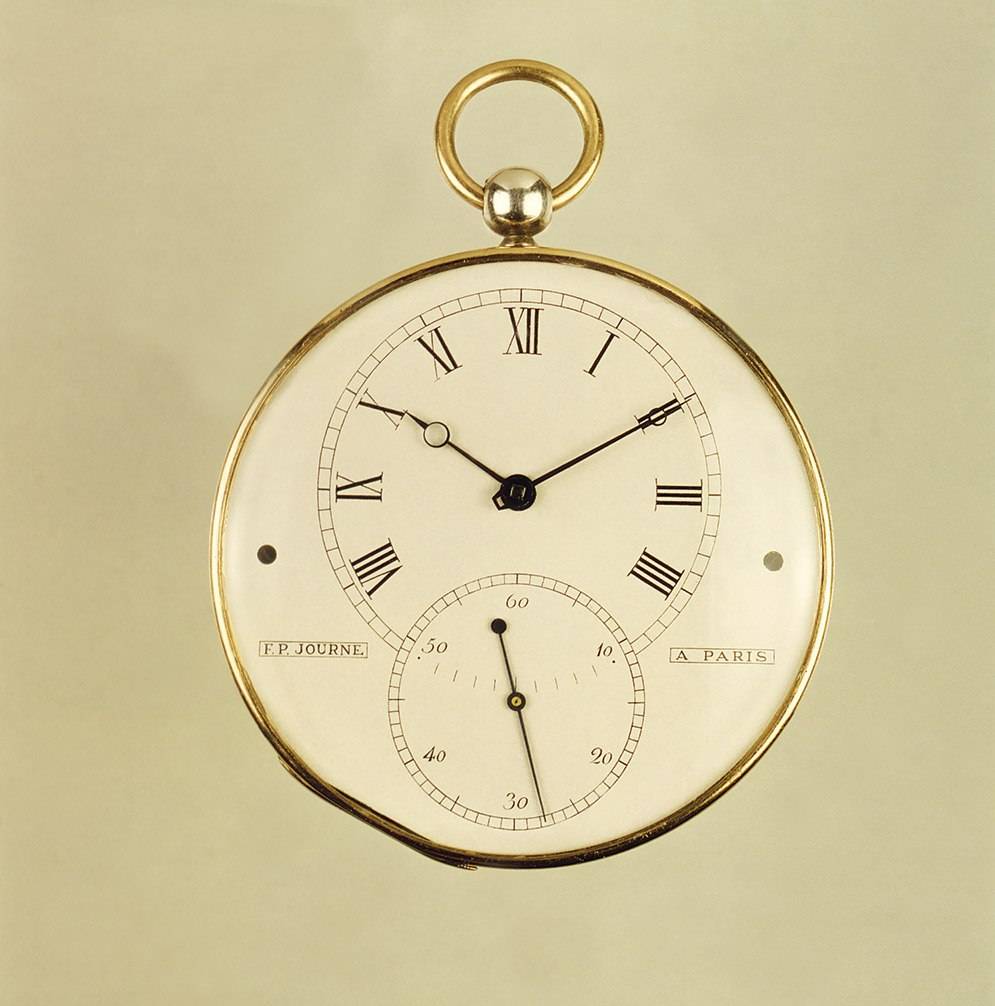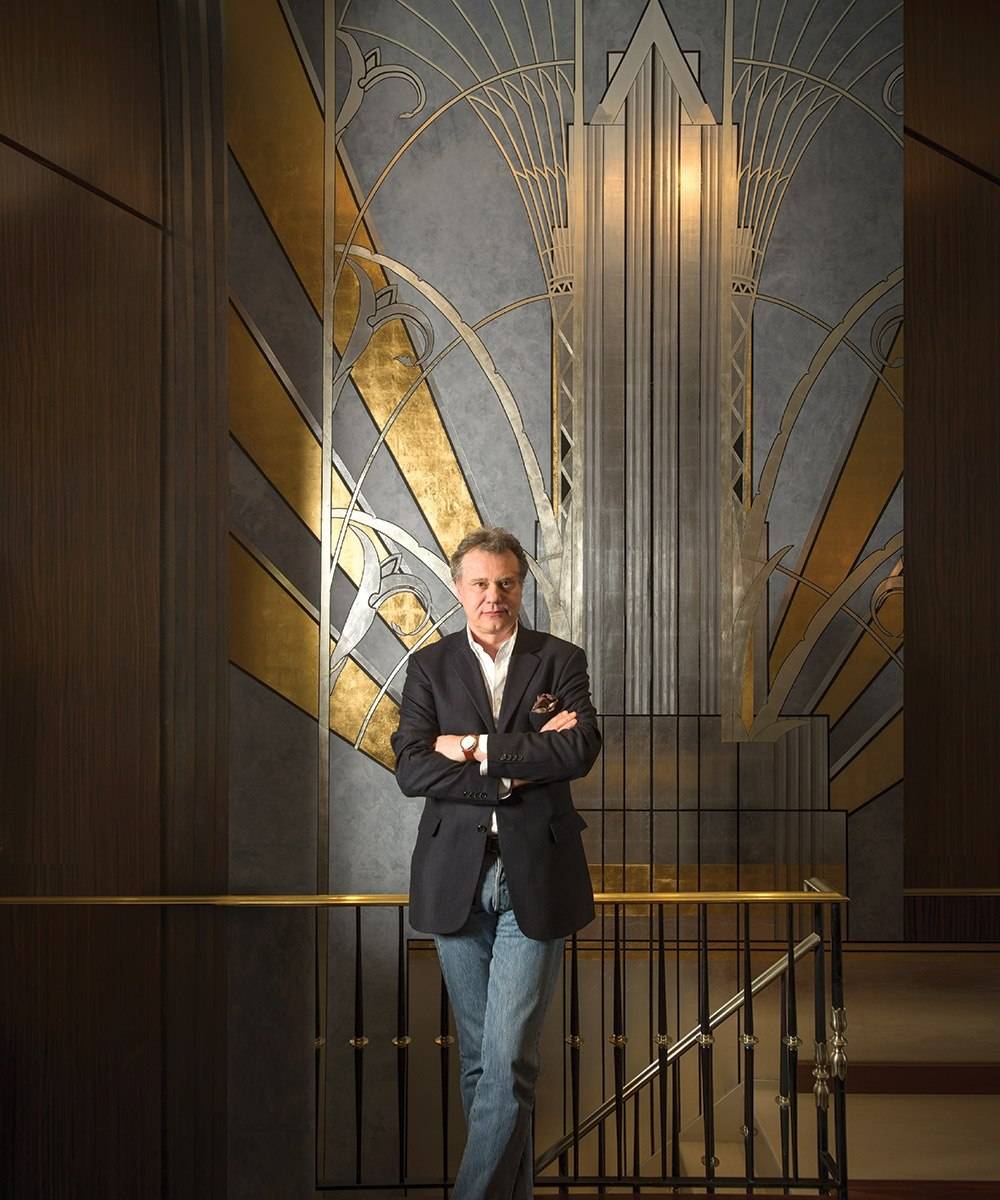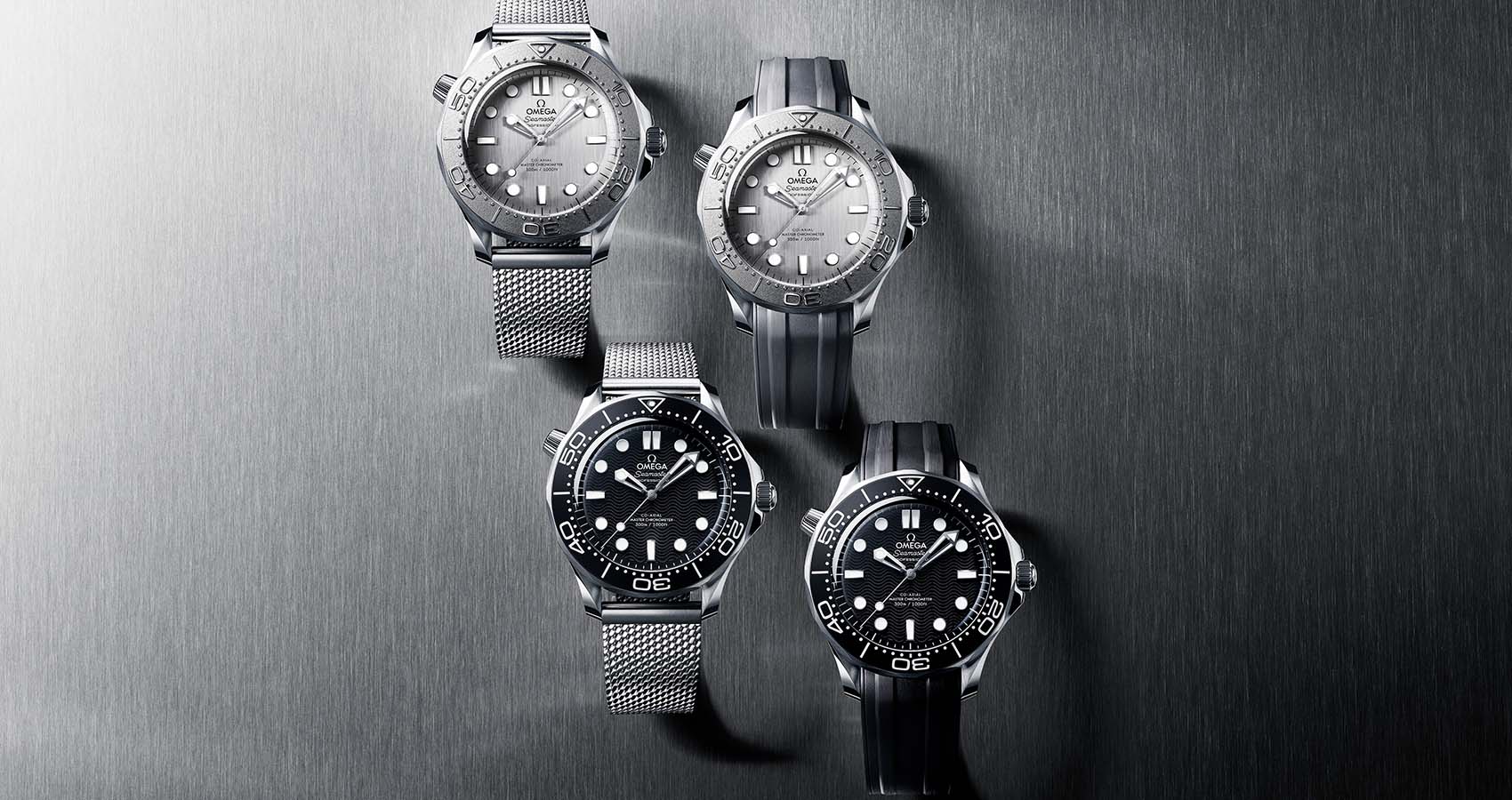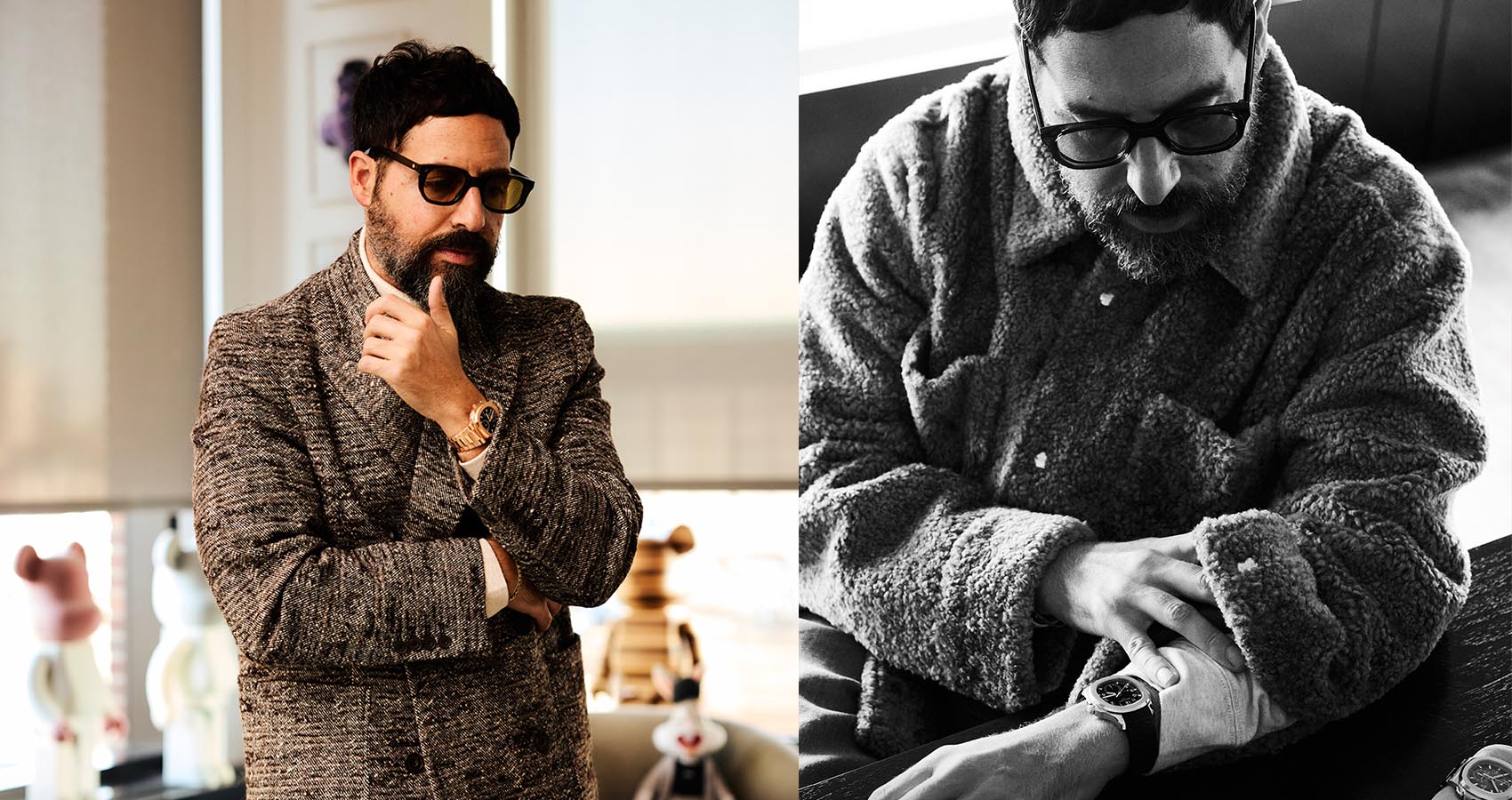
François-Paul Journe: Haute Horlogerie’s Renaissance Man
For François-Paul Journe, an ideal day begins at his manufacture. Though that may sound backwards for those who would list winding down ahead of work for their ideal day, it makes perfect sense coming from the watchmaker. The founder of F.P. Journe, his eponymous manufacture and one of the most celebrated haute horlogerie brands in the swiss watch industry, Journe is no doubt what some may deem a workaholic. But true to the old saying, if you love what you do, you’ll never work a day in your life, for Journe the moment when a new watch comes to life in front of his eyes is as exquisite today as it was 30 years ago, when he created his first watch.
This year is something of an anniversary for Journe. Although his timepieces have earned him an international reputation since F.P. Journe’s establishment in 1999, Journe himself has been part of the watchmaking industry for much longer. Indeed, it was back in 1982 when Journe, still in his early twenties, created his first tourbillon pocket watch.

“I didn’t know exactly what I wanted to do,” Journe said, recalling his days as a fresh graduate of the École d’Horlogerie de Paris. Journe, who was born in Marseille, decided to stay on in Paris, and got his first job working for his uncle Michael Journe, the owner of a renowned antique restoration workshop in the French capital. As luck would have it, the shop proved to be fertile ground, bringing Journe into contact with classic watch collectors and introducing him to the holy grail of haute horlogerie: the tourbillon.
“I thought that was magnificent, because at that time tourbillons didn’t exist anymore. The only tourbillons were those that had been made in the 19th century. There was no construction of tourbillons in the 20th century,” Journe said. “I had never even seen one outside of a museum. I dreamt of having a watch like that, and since I did not have the means to purchase one, I decided I would make one myself.”
Just like that, Journe set to work, securing permission from his uncle to work in the shop’s atelier on nights and weekends. “It took me 5 years,” Journe explained with a laugh. “All those years I had collectors asking me whether I could make them tourbillons as well. I was still in the midst of building my first watch, and I had to tell them, I don’t even know if I’ll finish this one! At that time I felt I didn’t even know how to make a watch. So when I finished, I told myself, now I’m ready.”
Luckily, the pace did pick up a bit. “When I started working on my second watch, I made an arrangement with my uncle. I told him, listen, I’ll never be able to make a second working at it only on weekends. So we shared the week: Monday, Tuesday and Wednesday, I worked for my uncle’s atelier; Thursday, Friday and Saturday, I worked for myself. So the second watch only took about a year and a half. Because the first time I had no experience. The second time was much simpler. Ever since then, I’ve been making watches.”
A lot has changed in the watch world since Journe got his start, and he’s been a keen observer of the industry. After making pocket watches on order from his own atelier on the rue de Verneuil in Paris, finishing one or two a year, Journe established a movement manufacture in Switzerland in 1989. At that time, the watch industry was experiencing a revival, and marquee brands were looking to bring back haute horlogerie. Bereft of knowledge they had abandoned in pursuit of quartz batteries, brands looked to independent watchmakers like Journe.
By the time Journe established his eponymous brand in 1999, he had produced some 40 or 50 different movements for the Swiss industry’s biggest names. Since then, the watchmaker has manufactured some 8,000 watches on his own. Although that number may seem astronomical, it is a mere blip in the yearly productions of larger manufactures.

“For me to achieve the number of watches Patek Philippe produces in one year, it would take 60 years. To put it in even greater perspective, Patek Philippe’s annual production is just two weeks of production at Rolex,” Journe said. “There are some 7 billion people on earth, and they all certainly deserve the possibility of buying a watch. So there needs to be an industry. But outside of that, in the luxury watch world today, there are a lot of luxury conglomerates and manufactures making mass-produced products that they try to label as artisanal. The buzz word today – which I like, because we only make 900 watches a year – is exclusivity. Our customers want me to stay exclusive, because they don’t want another ‘limited edition’ watch that turns out to be on the arm of everyone.”
The ability to control everything from design to the number of watches F.P. Journe produces each year stems from the watchmaker’s independence. Gone are the days when the large manufactures relied upon independent watchmakers. Today, it’s the independents that need other independents, banding together to survive in an era when luxury conglomerates are snapping up resources. Although it is hard to imagine the haute horlogerie landscape without Journe’s presence included, the watchmaker doubts he would be able to execute the same rise to the top today.
“It’s been some time since we integrated everything vertically, so that we can make nearly everything ourselves – the case, the dial, the movement,” Journe explained. “So we don’t have that pressure. But I believe that today the luxury conglomerates have their grip on the structures of independent watchmakers. If I had to start again today where I was 20 year ago, when I had suppliers making this or that piece, I think it would be very, very difficult. To get a case today is very difficult, to get a dial is very difficult.”
Although the industry has changed around him, Journe remains steadfast, like the eye of calm surrounded by the hurricane. For Journe, it is as if each watch is the first. Pumping out customer favorites is anathema to his modus operandi; Journe is constantly searching for new challenges. Take, for example, the timepiece he’s working on today.

“It’s based on an idea my son had when he was 14,” Journe said. “He was at my mother’s in Marseille, we were talking on the phone and he said, ‘I drew a watch for you to see.’ But when I arrived in Marseille and asked to see his drawing, he said, ‘I threw it out.’ I asked him why he threw it out, and he told me, ‘I was dumb, I thought I could design a watch, but it’s your world, not mine.’ Luckily he had missed when he tried to throw it out, and it had fallen behind the garbage can. I retrieved it, and I still have it today.”
From that drawing Journe has dreamt up a watch based on the theme of the universe, and the different ways we observe the passing of time, no doubt inspired by seeing his son grow up and go on to pursue a history degree. One can’t help compare Journe to an artist, creating a timepiece more akin to a sculpture or painting than the assembly-line creations from Switzerland’s bigger manufactures. The watchmaker has spent 5 years on the case alone, trying to find the right aesthetic. “He doesn’t know yet,” Journe said of the watch he is designing. “When the watch is done, I’ll tell him.”
Of course, some things will change. Journe’s company will grow. F.P. Journe unveiled a ladies’ collection this year. The brand also opened a new location in Los Angeles, their ninth boutique worldwide. The watchmaker also travelled extensively in honor of the 30th anniversary of his first watch. But for Journe, his focus remains in the atelier.
“In the last 30 years, this watch only ever went from Paris to Geneva. In the last 3 months, it’s been around the world,” Journe said. Jetting around the globe, it’s easy to imagine that when he looks at that watch Journe travels back in time, to the days when a struggling young dreamer saw the fruits of his labor suddenly come together, each component brought to life, as his tourbillon rotated for the first time.
Photography by Donnelly Marks.
 SIGN UP
SIGN UP











